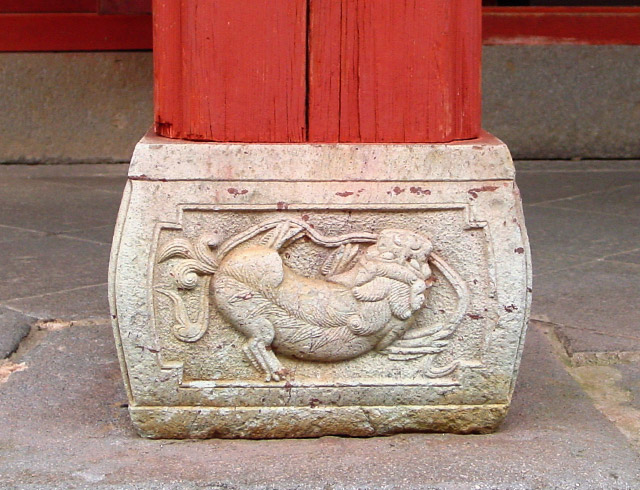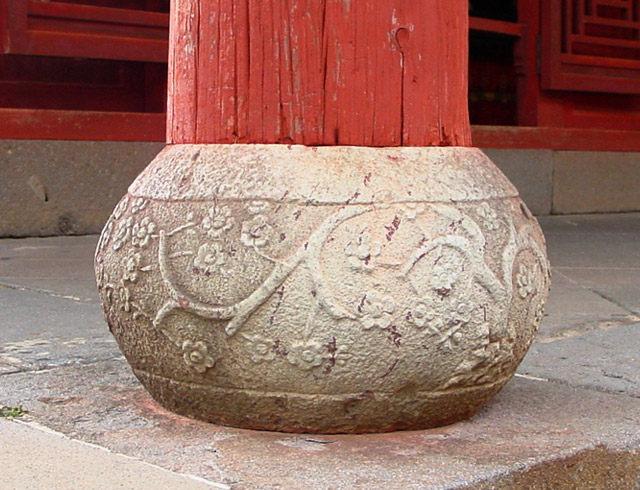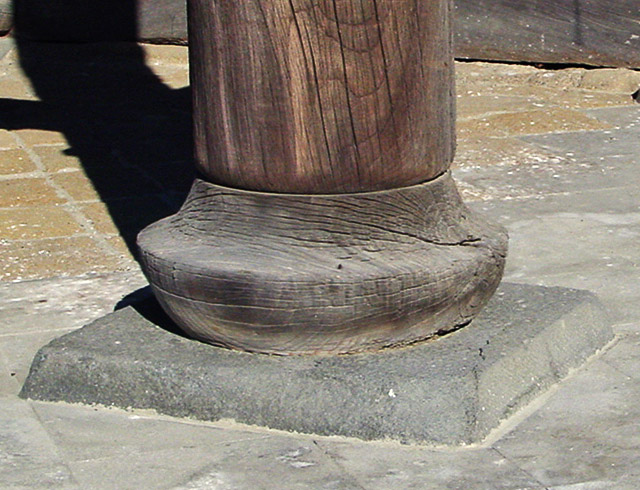|
||
 |
||


Soufukuji Gohoudou@μ@° (Nagasaki)

Kenchouji Sanmon@·Oε (Kanagawa)
@
(C)2001 Japanese Architecture and Art Net Users System.@No reproduction or republication without written permission.
fΪΜeLXgEΚ^ECXgΘΗASΔΜRecΜ³f‘»E]ΪπΦΆά·B

